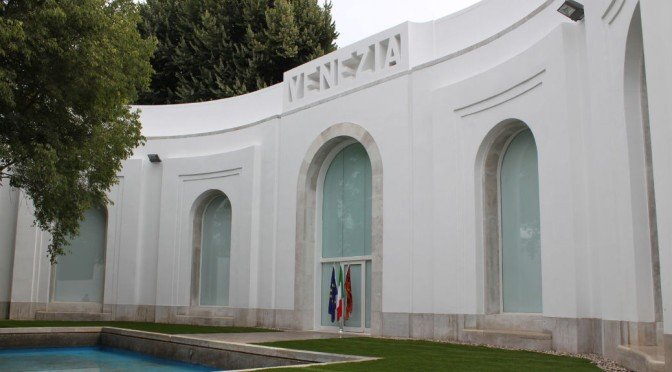From June 1 to November 24, on the occasion of the 55th International Art Exhibition of La Biennale di Venezia, the Venice Pavilion will host the project Silk Map, a tribute paid to the weaving tradition, the so-called ”soft art”, through the combination of art and the best examples of the weaving production in Venice. Six artists, geographically linked to the silk roads, from Italy and the east, collaborate with three traditional partners that played and still play a leading role in the Venetian weaving sector: Luigi Bevilacqua Srl, Rubelli Spa and Tessuti Artistici Fortuny Spa.
Reinterpreting traditional Italian fabrics
The artists have been assigned to one of the three partners and have created an exclusive artwork inspired by the fabrics and the principles suggested by the three companies. PAES+F, Marya Kazoun, Mimmo Roselli, Anahita Razni, Marialuisa Tadei and Yiqing Yina, coordinated by the artistic director Ewald Stastny, are the artists in charge of making this project come true, reinventing the traditional fabrics produced by the three historic Venetian companies through their forms of expression (sculpture, painting, photography, video art and performance).
The weaving mill Luigi Bevilacqua is not new to these artistic collaborations: its handicraft fabrics met the world of artistic creation several times during the 20th century. The collaboration within this project is a proof of the artistic value that weaving can have today, with the creation real works of art.
The role of the Venice Pavillion at the Art Biennale Venice
The exhibit Silk Map is also very important for the Biennale since it brings the Venice Pavillion back to its original role, which was that of presenting the most outstanding works in the figurative arts.
The space that hosts the artists’ creative works is completed with a hall dedicated to the history of weaving, where visitors will have the opportunity to witness the history of this ancient art, deeply rooted in the area of Venice.


